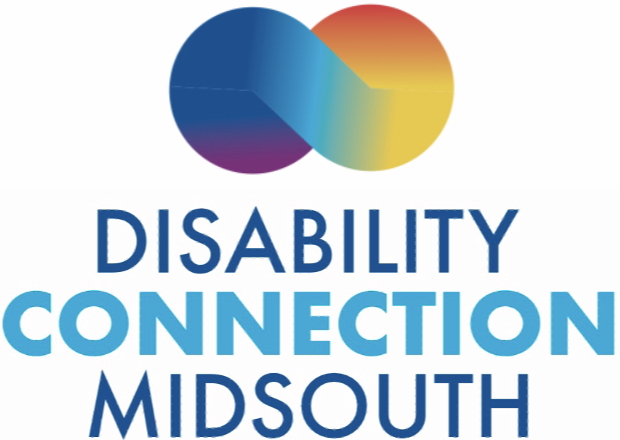The disability community can make a difference
By Tim Wheat
In this past election, Rutgers University studied Disability and Voter Turnout and found a disturbing trend in our communities election habits. Before the ADA, people with disabilities did not have the equal access to polling sites and the election equipment. Now, with improved access, our community still lags behind in participation.
The Rutgers study found that the voter turnout rate of people with disabilities (55.9%) was 6 percentage points lower than that of people without disabilities (62.2%). That translates into over twelve million people with disabilities who did not vote. For perspective, the popular vote in the 2008 election for US President was a difference of about 10 million votes. Of course people with disabilities do not vote in a bloc, but if a savvy politician were to unite the disability community and turn us out at election time, we would swing almost any election.
Even though people with disabilities are the largest minority, politicians do not turn to the disability community because we do not have a unifying thread. The Rutgers study found that an estimated total of 16 million people with disabilities voted, compared to 17.1 million African-American voters and 12.7 million Hispanic or Latino voters.
The study also found that people with disabilities who were employed were just as likely as employed people without disabilities to vote. This suggests that employment helps bring people with disabilities into mainstream political life. It also points out that a large part of our community is not working and we don’t participate in civic activities as our neighbors and friends do.
The low voter turnout also exposed other gaps in our voting habits. The gap is larger among women than among men, that may reflect especially high voter participation of women without disabilities. The gap is largest in the Northeast and smallest in the West. Most significantly, voters with disabilities under age 34 had the highest gap of any group. While typical young voters have a poor turnout rate of less than fifty percent, young voters with disabilities turnout was less than a third (33.1%).
Eight US states had higher turnout rates for people with disabilities, but Tennessee’s rate was 55.1% or eight percent below the rate for people with no disability. The Rutgers study shows an improvement in Tennessee over 2012 when the disability gap was about 9.5% less than the rate for people without disabilities.
Overall, people with disabilities nationally are registered to vote at near the same rate as non-disabled voters with a 2.3% gap between the groups. However, the gap of those registered who voted was 82% of people with disabilities, while 88% of people with no disability were registered and voted.
MCIL wants to help you to register and vote. One item the Rutgers study finds is that people with disabilities are not as likely as non-disabled people to register at a department of motor vehicles. The DMV is where most non-disabled people register, but MCIL will help you to update your voter registration when you visit us.
Rutgers School of Management and Labor Relations Fact sheet: Disability and Voter Turnout in the 2016 Elections by Lisa Schur and Douglas Kruse



No comments:
Post a Comment